King of Cafe Racers - the Triton
With the plethora of portmanteaus now in our midst - think "Brexit," "Supercross," or, indeed, "blog," one of the most ubiquitous amongst all the famous marques of British motorbike must be the Triton - a real stalwart of the cafe racer scene.
British Cafe Racer Culture
Following the end of WW2, young men yearned to own machines that would deliver performance, thrills and above all else, speed. And who could blame them? They represented an anti-establishment subculture seeking economical transport that would reflect their distinctive collective rebellious personality and lifestyle. They were the "Ton Up Boys," "Rockers" and "59 Club-ers" - Ace Cafe and Busy Bee leather clad regulars. Cars were too expensive to run but motorcycles could provide the perfect solution.
Speed and Performance
Most standard bikes in the showrooms didn't really cut it for speed and individuality so they made alterations and tweaks to their own bikes meeting up at cafes to exchange information and tips about how they could be improved. They wanted fast, loud, distinctive motorcycles to travel between transport cafes along the newly built motorways in and around British towns and cities; street racers that could reach, maybe even surpass, the magical "ton." And so the cafe racer was born.
Improvements and Alterations
Motorbikes receiving the full cafe treatment were stripped of many original parts in favour of "performance" substitutes. Standard handlebars were ditched in favour of low clip-ons and double saddles replaced with single racing "bum-stop" seats. Rear sets were fitted along with longer, elongated petrol tanks for the rider to lie over and achieve a racing 'tuck' as they chased the ton. Performance megaphone exhaust systems provided both a power boost and a more authentic racing exhaust note and various improvements were made to boost power and improve overall engine performance.
Machines
This was the golden era of British motorcycles - and British industry. There was still the best part of two decades to wait before Honda unleashed their "game changer" - an in-line four cylinder, 69 bhp 750cc "super bike" - bullet proof, oil tight and with an electric start! Certain machines were favoured and became particularly popular within the cafe racer fraternity: BSA Goldstars, ("Goldies") and Lightnings; Norton Dominators; Triumph Tigers and Bonnevilles; Royal Enfields; Velocettes and Vincents. Too many to properly do justice to.
Building "Specials'
Modifying or building a "one-off" special was more common in the 50s and 60s and led to various combinations of engines and frames which is how the Norvin, Tribsa and Triton came into being - not to mention the Norbsa, Norstar (Norton frame, Goldstar engine) and Beesun - (BSA engine in a Sunbeam frame!) There were no limits to some of the combinations tried.
The Triton
The Triton - a hybrid of a Norton Featherbed frame and Triumph engine, definitely still holds a special place within cafe racer culture. Norton had established a strong reputation for excellent handling. Their famous Featherbed frame was developed in the late 40s by the McCandless brothers - Rex and Cromie and was regarded as the best handling frame that a motorbike could have largely as a result of its 'spring heel' swinging arm suspension system which was in a different league to a rigid set-up. Whilst the Norton frame looked after the handling side, Triumph engines delivered the speed. Triumph had demonstrated pace at the TT (list wins) and in 1956 Texan Johnny Allen set a motorcycle land speed record of 214 mph at the Bonneville Salt Flats in Utah on the Triumph powered "Texas Cee-Gar". This historic event provided them with the iconic name for their uber successful 650cc upright twin which they released to the market three years later and which, of course, in name remains used on modern bikes. Decisions regarding which Triumph power plant was best suited for Triton duties was largely a matter of personal taste but the Triumph T120 Bonneville engine was certainly widely favoured. When the twin Amal carbs were properly synched it developed about 46 bhp which was good for about 115 mph - even before any further 'tweaking' was undertaken!
So, with its Norton Featherbed frame and Triumph power plant the Triton was the ideal bespoke street racer - a perfect mix of ton-up speed married to sweet handling - and a generation of Ton Up Boys, Rockers and 59 Club members discovered the enjoyment and freedom of creating their own bespoke motorcycles.
Photo: Robin Leishman (for Red Torpedo)
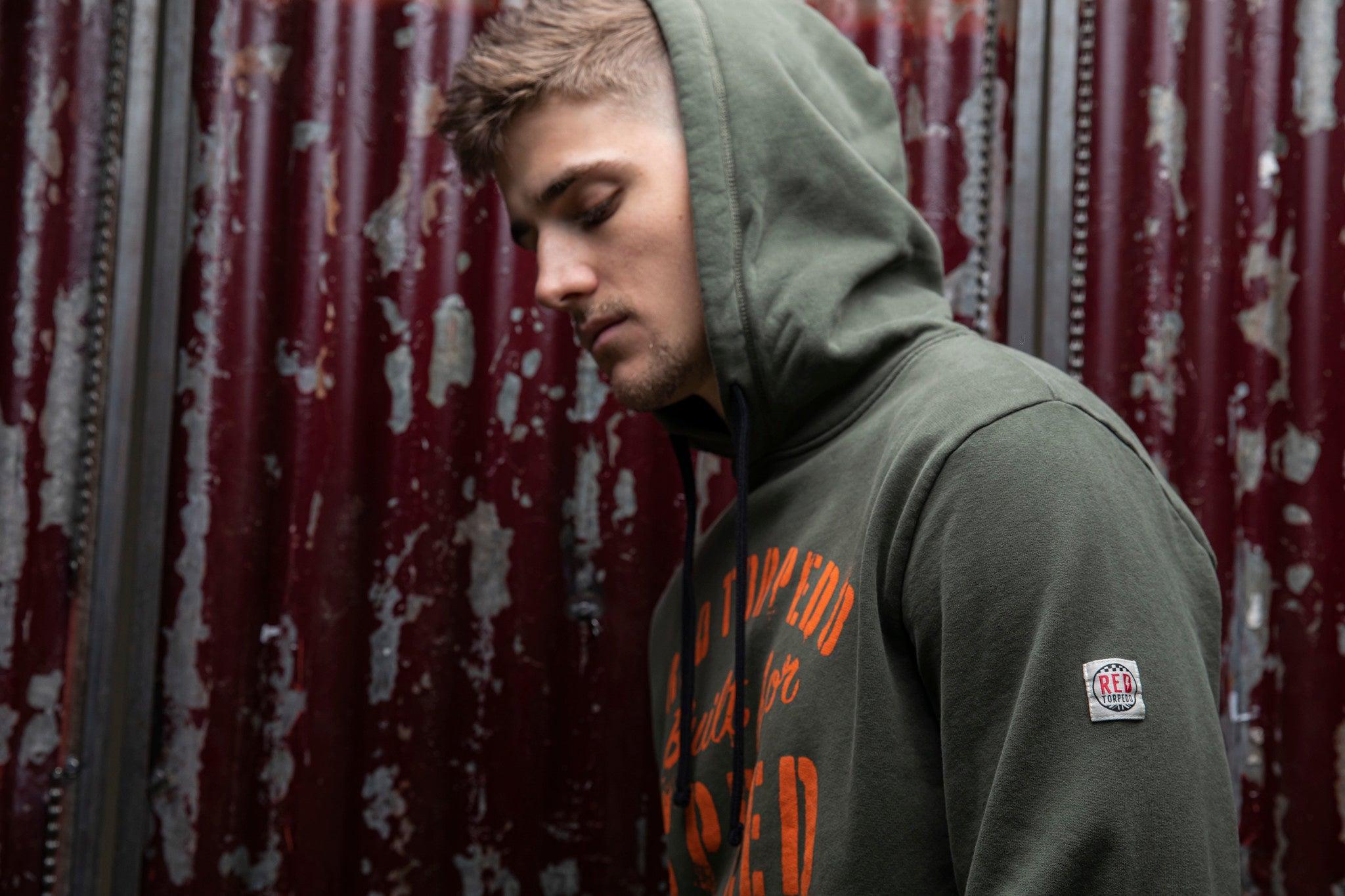
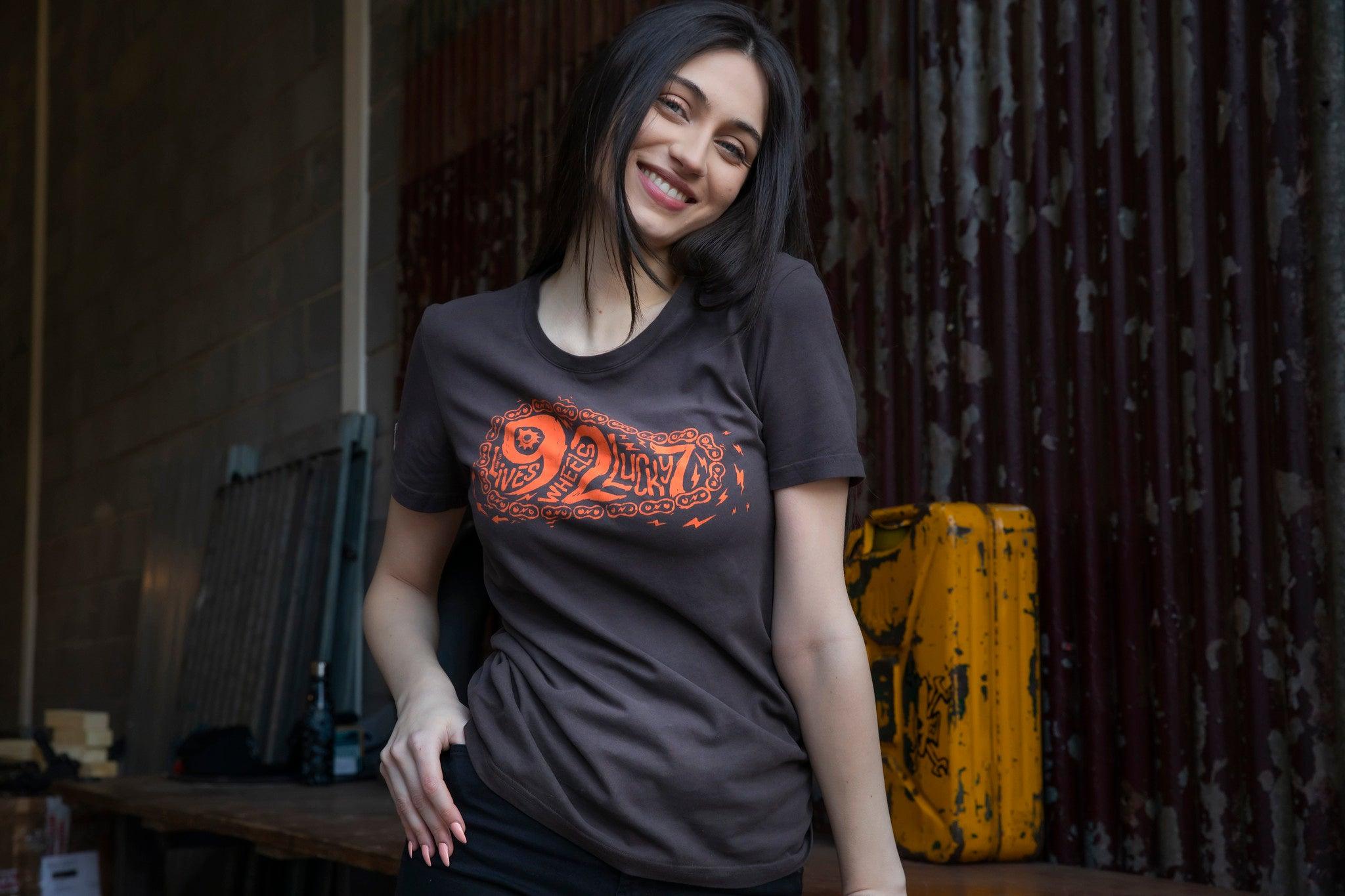
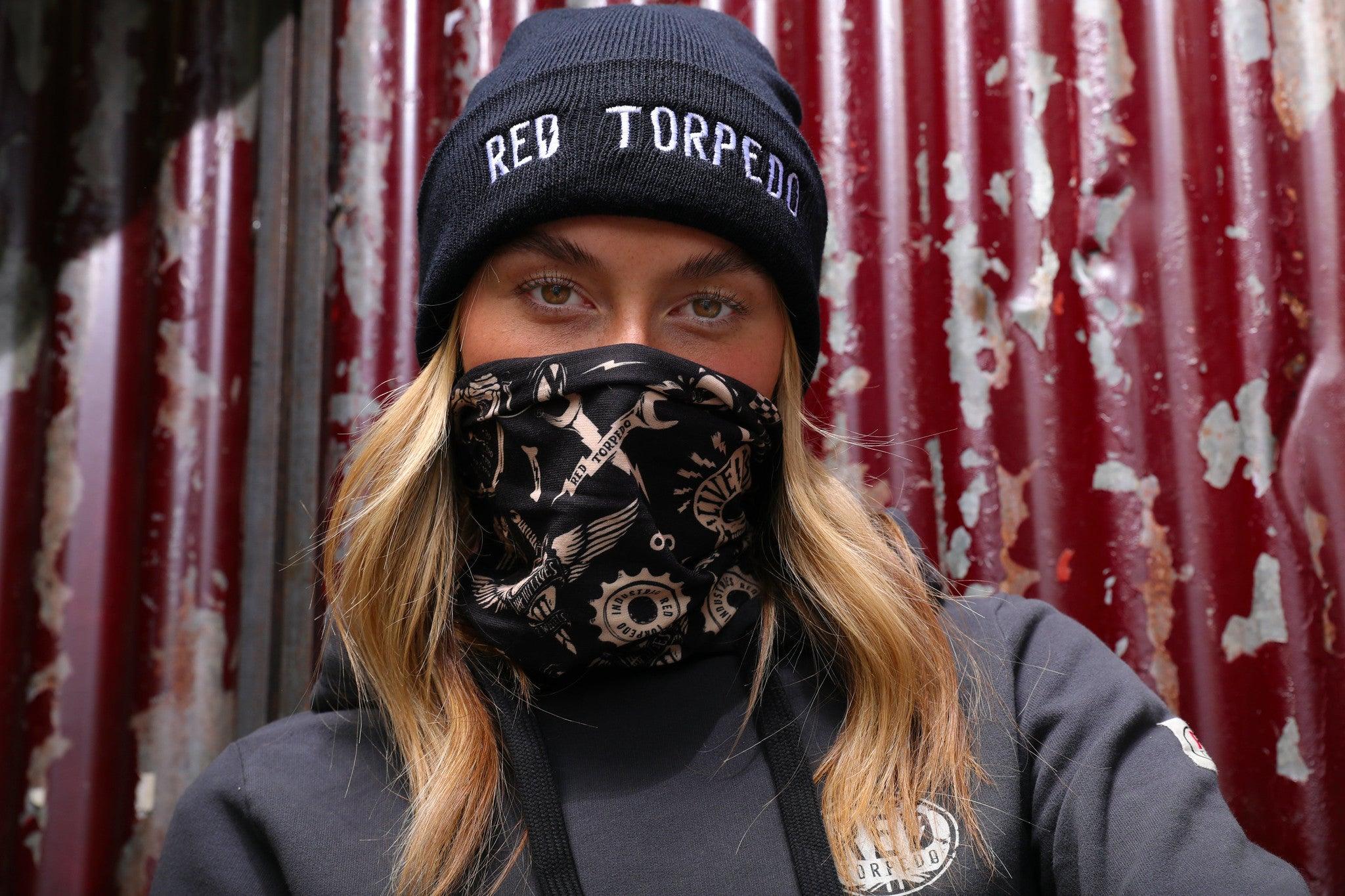
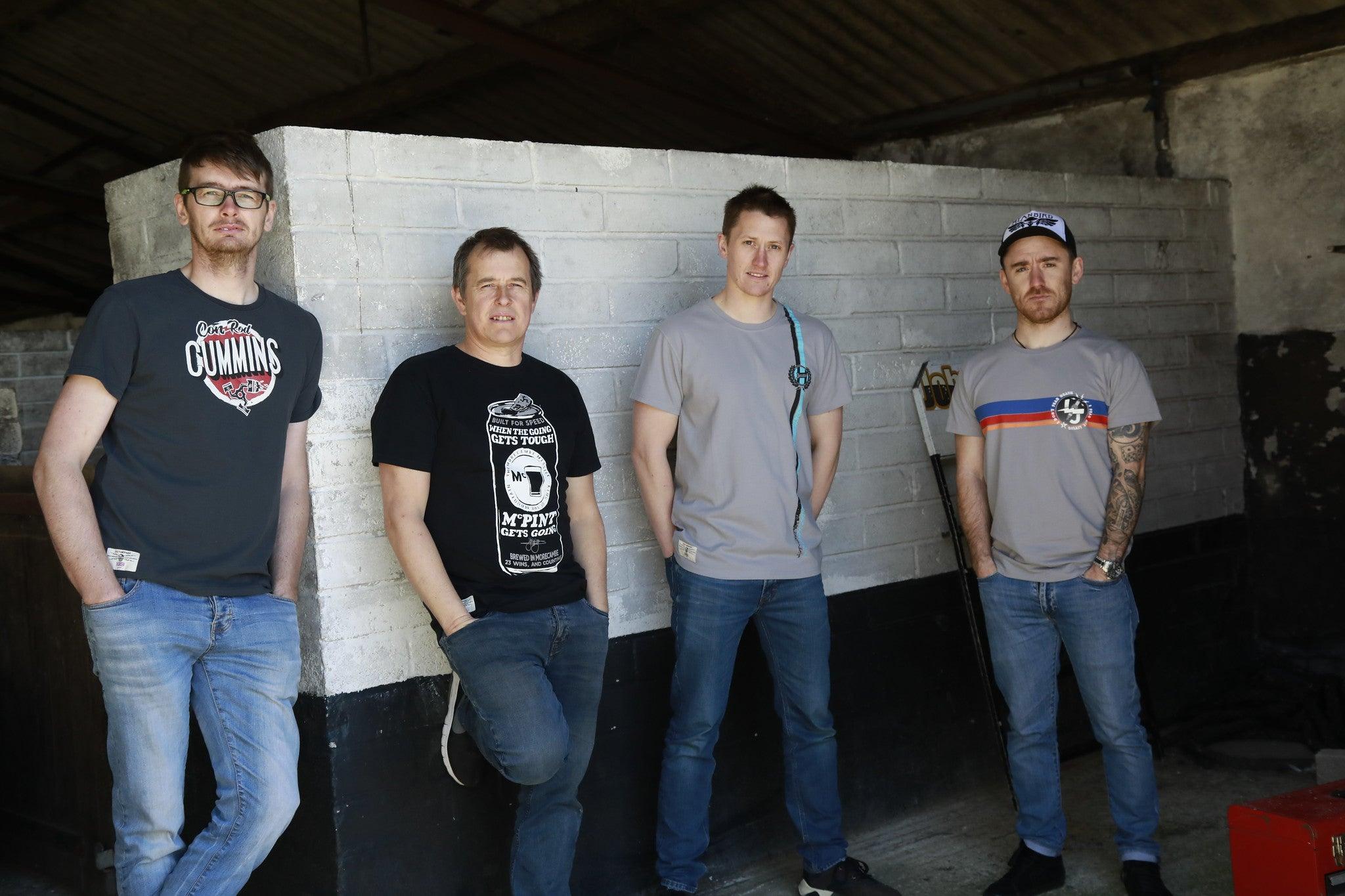
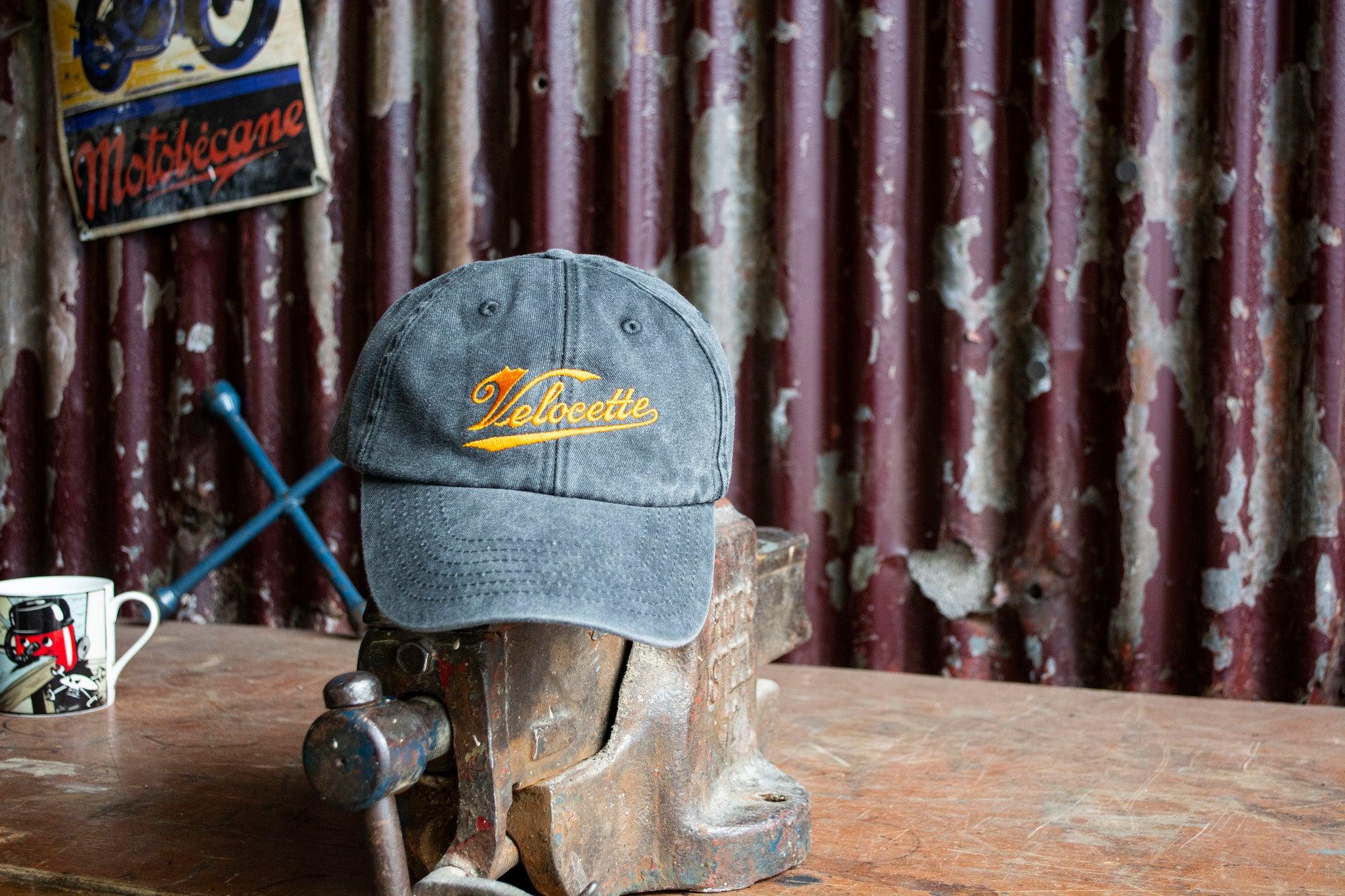
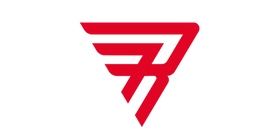
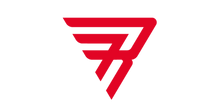
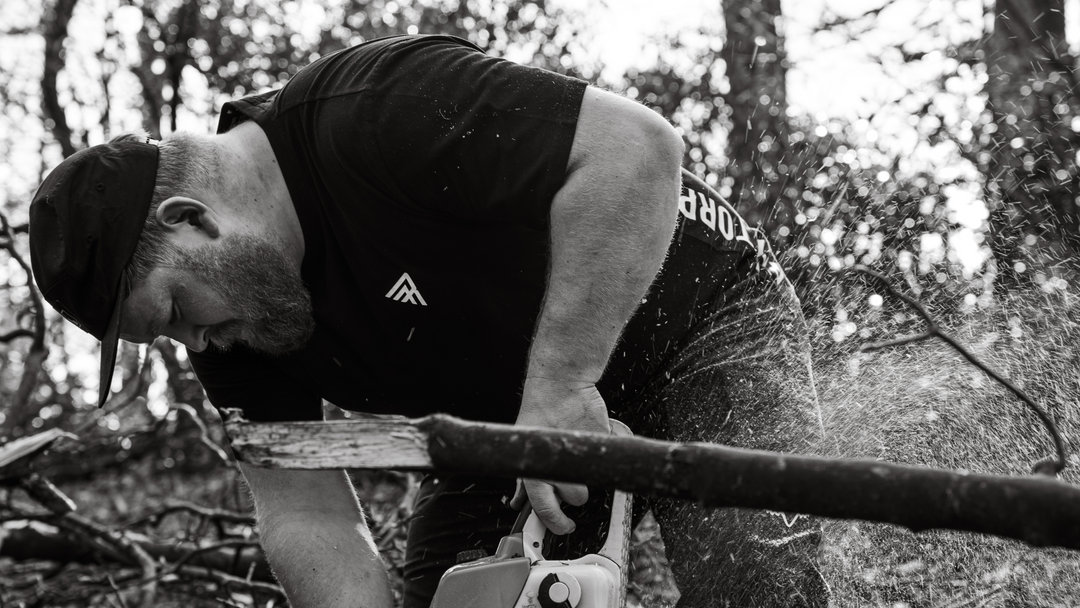
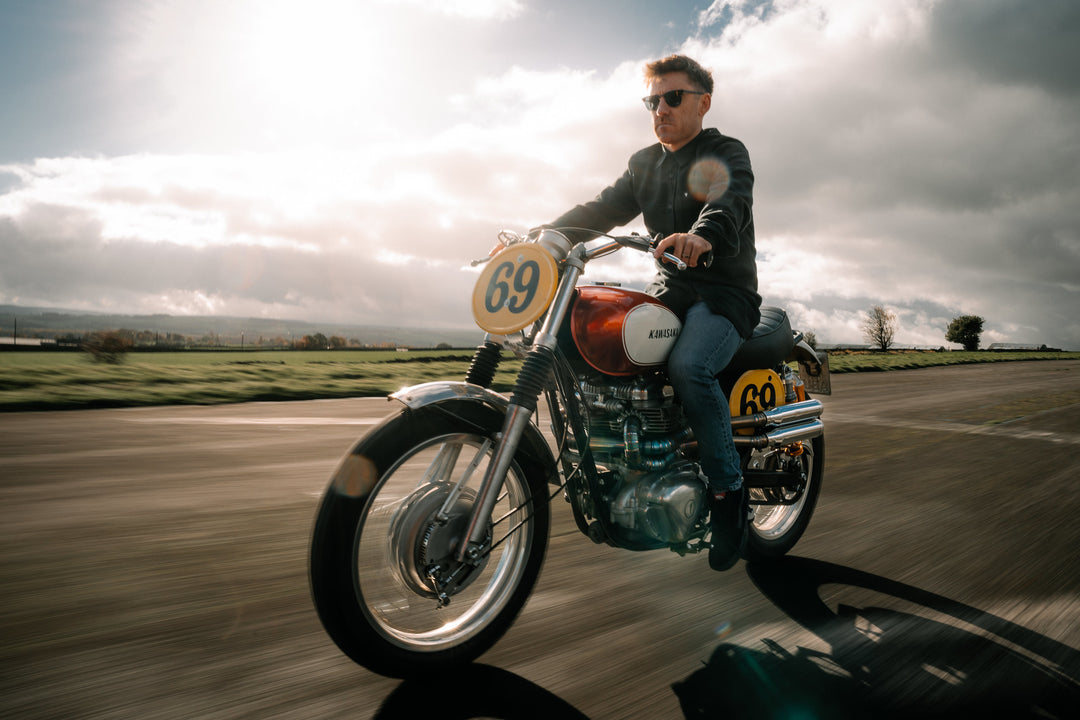
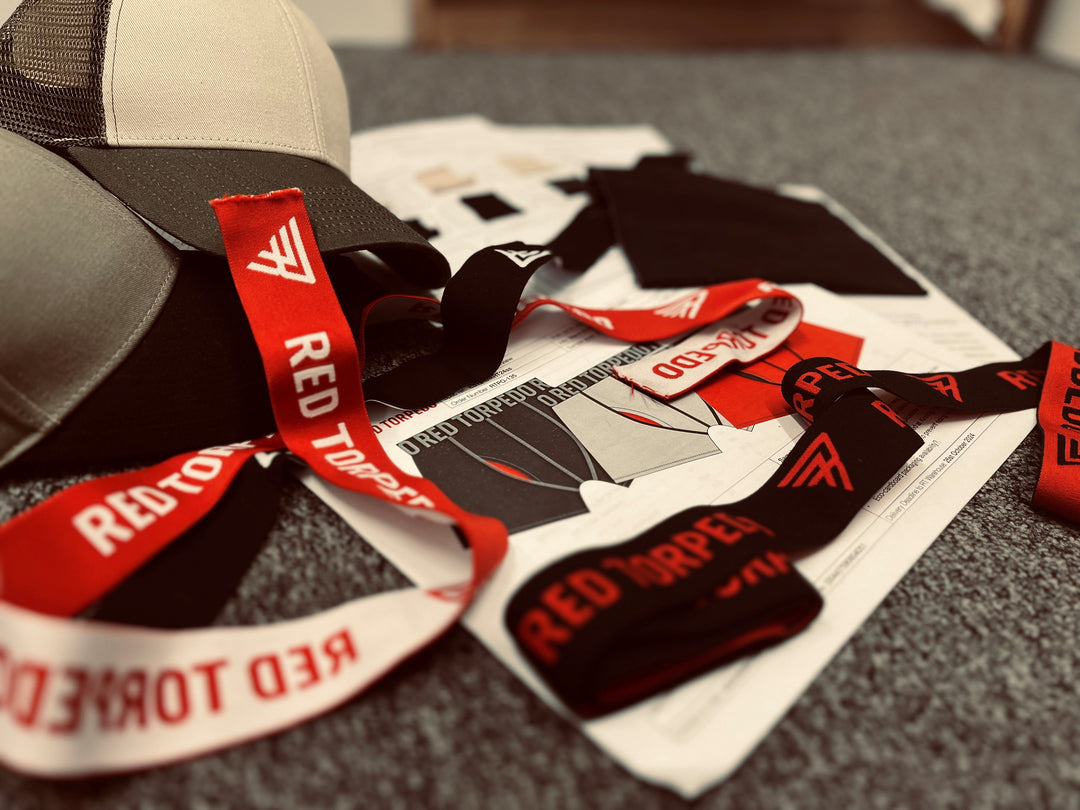
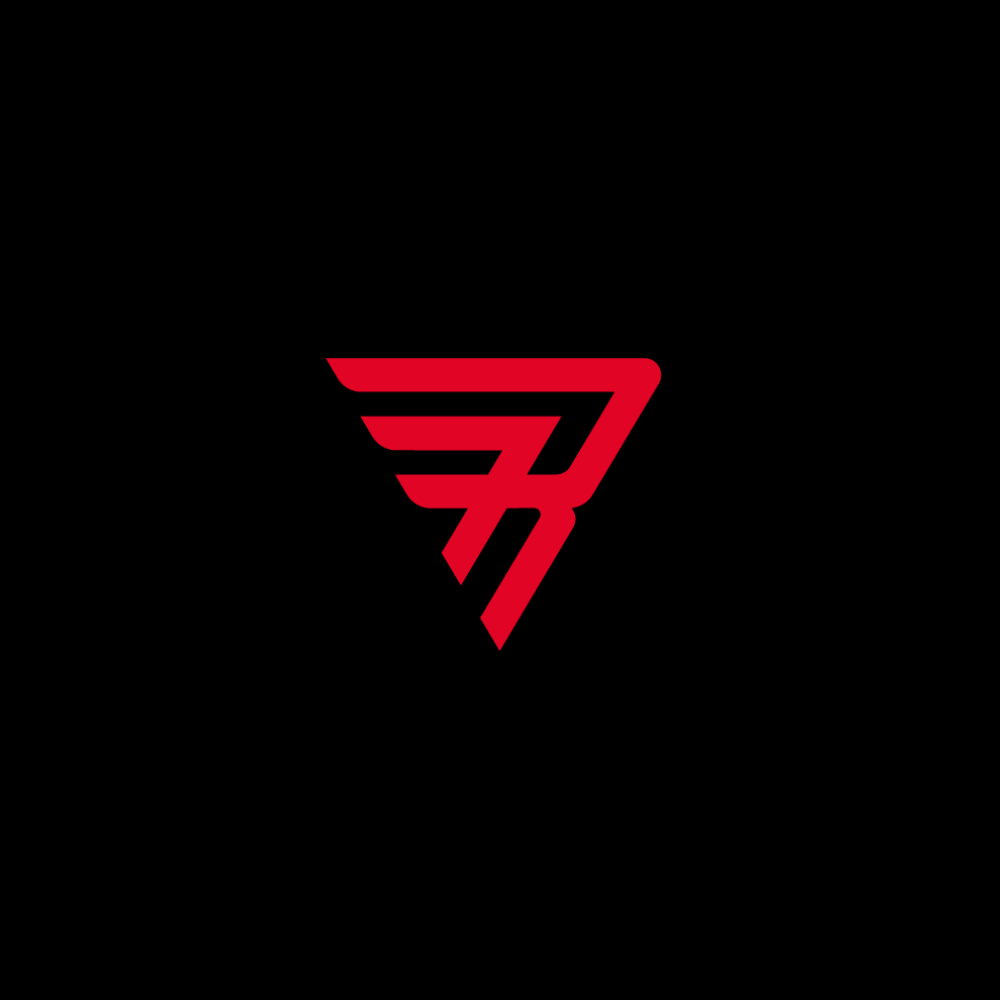
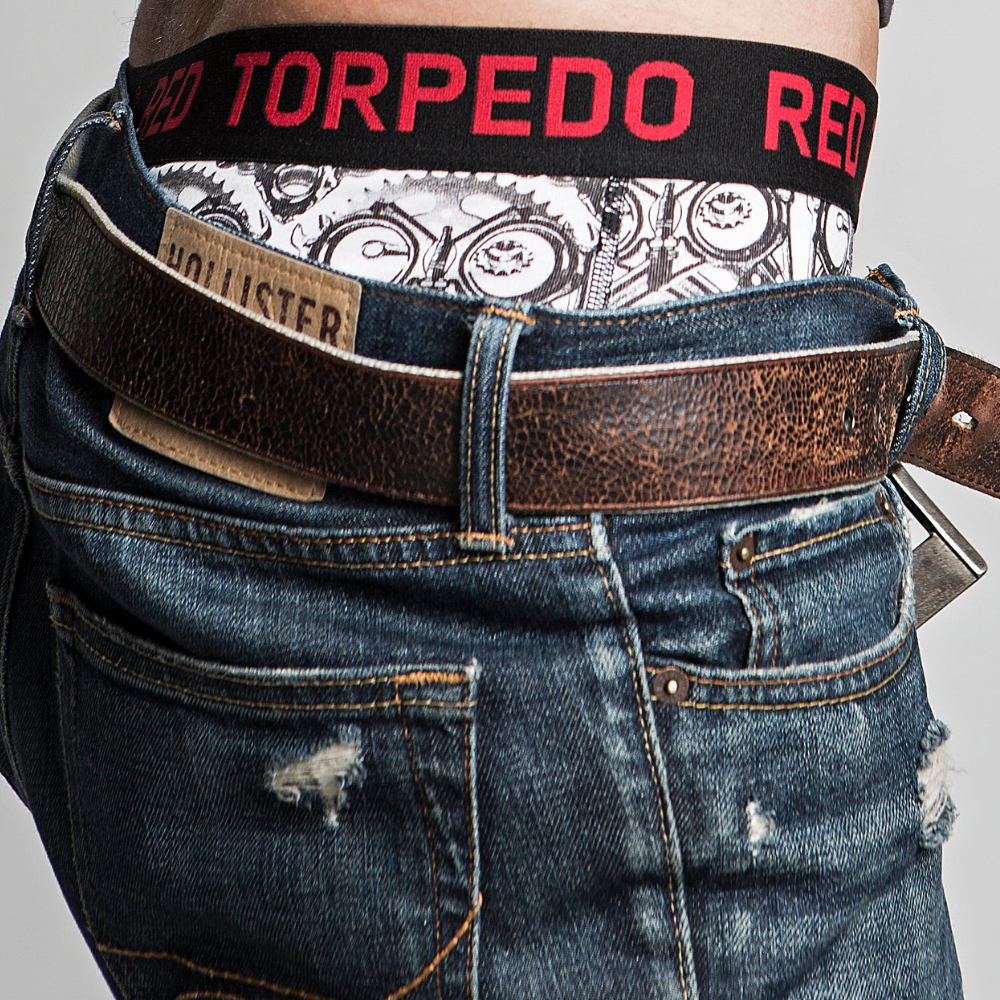
Leave a comment